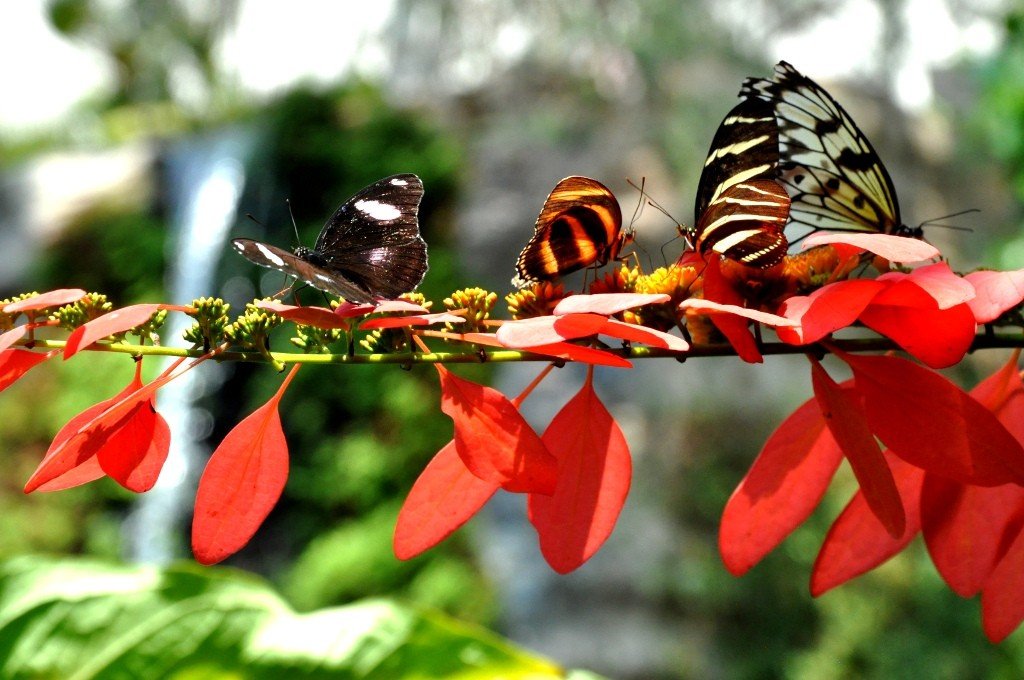Global warming has caused severe droughts which could have an adverse impact on some species of butterfly in the UK.
Ongoing climate change associated with carbon emissions from vehicles and power plants is expected to have disastrous outcomes for UK butterfly species including presently well-known species such as the large skipper and cabbage white.
Researchers have established that the increase in severe droughts in the wake of global warming may cause some six species of butterflies in the UK to disappear from several regions of the nation by mid-century.
Earlier studies have focused on the effect of a gradual increase in temperatures on British wildlife, but the latest paper that appeared in the journal Nature Climate Change looked into the effect of more severe heat events. It established that butterflies that were expected to perform well under continuing warming would be adversely affected by the increasing severe droughts.
Judging from the way butterflies behaved in the drought of 1995, the driest summer since 1776, the researchers pointed out six butterfly species that were exceptionally affected by drought. They then observed how regularly they would be hit by comparable droughts in the future as a result of climate change.
The paper’s lead author, Tom Oliver, who is an ecological modeler at the UK Centre for Ecology and Hydrology said, “On average across the whole country it is quite bleak. I was surprised looking at climate data by the rapid increase in frequency of droughts we are in for.”
Oliver added, “Historically that 1995 drought was once in 200 years. And yet even on the low emissions scenario, by 2050 that’s happening every seven years. Under the high emissions scenario [what we are currently on track for] it’s every year.”
Oliver went on to detail that the manner in which the species were classified as susceptible to severe drought was conservative, adding that it was not likely that it would only be butterfly species that would be affected.
The discovery created a valid case for making the grasslands, heathlands and woodlands where the UK’s 50 butterfly species breed and feed more integrated. He added that they were still waiting for sufficient action.
Under ordinary warming scenarios, which attract no international intervention on climate change, even massive enhancement of the landscape would not hinder prevalent extinction of local species by the time the century ends.
In order to guarantee the species’ continued existence by 2100 there must be dramatic carbon reductions beyond the current government proposition.
The study concluded that it was improbable that the butterfly species would evolve sufficiently fast to become accustomed to the severe droughts.
Stay Connected